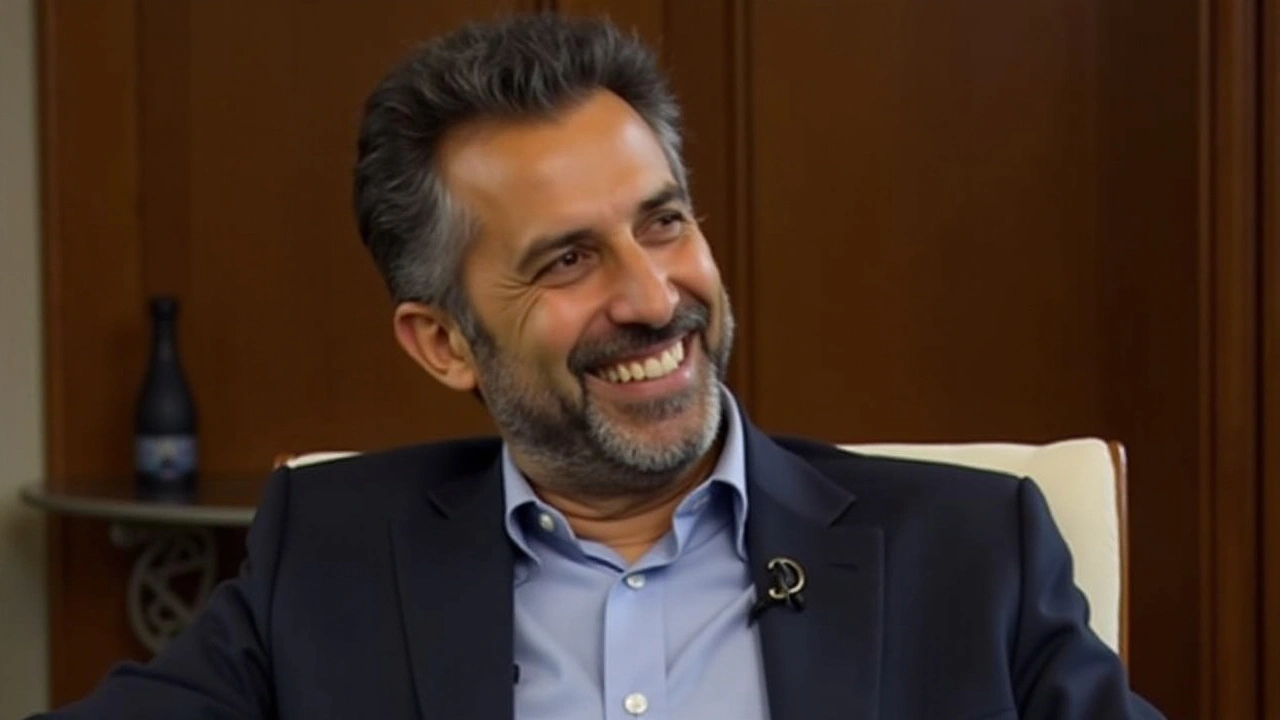Iran Crypto News – What’s Happening Right Now?
If you’re curious about how cryptocurrency is shaping up in Iran, you’ve come to the right place. Iran’s market is a blend of high demand, strict rules, and clever work‑arounds. Let’s break it down in plain English so you can see the opportunities and the risks.
Why Iran Matters for Crypto Fans in Africa
Iran has one of the fastest‑growing crypto user bases in the Middle East. The country’s peso‑like inflation and limited access to foreign currency push people toward Bitcoin, Ethereum, and stablecoins. For African traders, that means a potential partner market – both for cross‑border payments and for spotting trends before they hit other regions.
Another reason to watch Iran is the government’s approach to regulation. While the state bans the use of crypto for everyday purchases, it also runs a state‑backed mining operation to generate hard‑currency earnings. This mixed signal creates a unique environment where private traders can thrive but must stay aware of legal shifts.
Key Developments You Should Know
1. Sanctions and Work‑arounds – International sanctions limit Iran’s ability to move money through traditional banks. Crypto acts as a bypass, but the government monitors large transfers. Keep an eye on news about new AML policies; they often tighten after a big crackdown.
2. Mining Boom – Iranian mining farms have grown due to cheap electricity. In 2023 the country reportedly generated over $500 million from mining. If you’re into mining hardware, Iranian suppliers might offer lower prices, but exporting equipment can be tricky.
3. Stablecoin Adoption – Because the rial is unstable, many Iranians hold USDT or USDC for everyday transactions. Exchanges that list these stablecoins see soaring volumes, and new DeFi platforms are emerging to serve local users.
4. Regulatory Announcements – The Central Bank of Iran (CBI) occasionally releases new guidelines. Recent drafts suggest allowing crypto‑based payments for certain imports, which could open a channel for African exporters.
5. Community Projects – Tech hubs in Tehran and Isfahan are building blockchain apps for education and agriculture. Some projects look for partners outside the country, so keep an eye on collaboration calls.
All these pieces fit together to create a fast‑moving scene. For African readers, the takeaway is simple: monitor price movements, stay updated on CBI notices, and consider how Iran’s crypto demand could affect global liquidity.
Want a quick way to stay in the loop? Follow Africa Crypto Daily’s Iran tag, set Google alerts for “Iran crypto regulation”, and join local Telegram groups that discuss Iranian market trends. Those steps will keep you informed without drowning in noise.
In short, Iran’s crypto landscape is vibrant, a bit risky, but full of potential. Whether you’re trading, mining, or looking for partnership ideas, the key is to stay informed and act fast when the market shifts. Happy trading!
Former Iranian President Ahmadinejad Alleges Mossad Infiltration of Iran's Anti-Israel Intel Unit
In a shocking claim, former Iranian President Mahmoud Ahmadinejad has accused Israel's Mossad of deeply infiltrating Iran's anti-Israel intelligence unit. He alleged that the head of the unit, along with 20 other agents, were working for Mossad, leading to significant breaches in Iran's nuclear program and the assassination of key nuclear scientists. These assertions, while unverified, follow years of Israeli intelligence successes.
